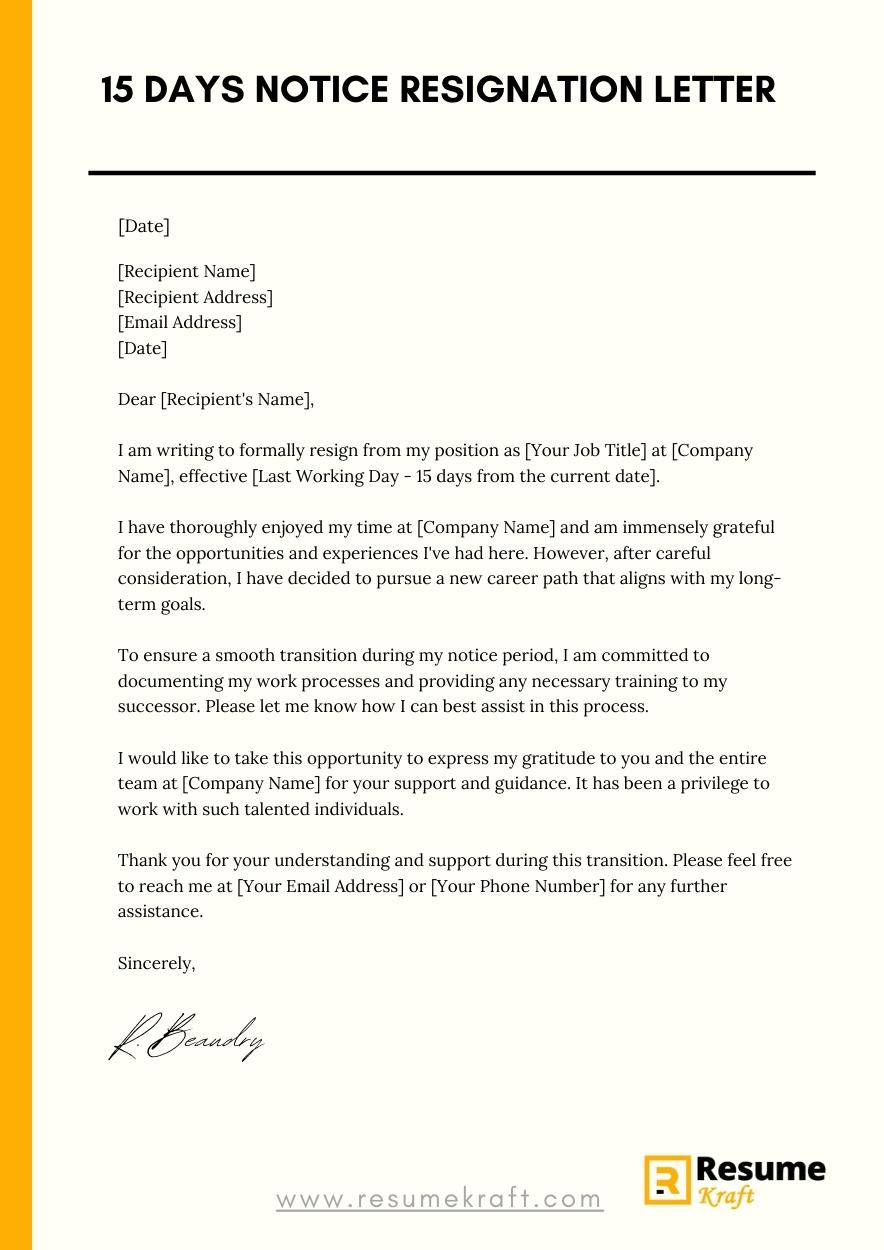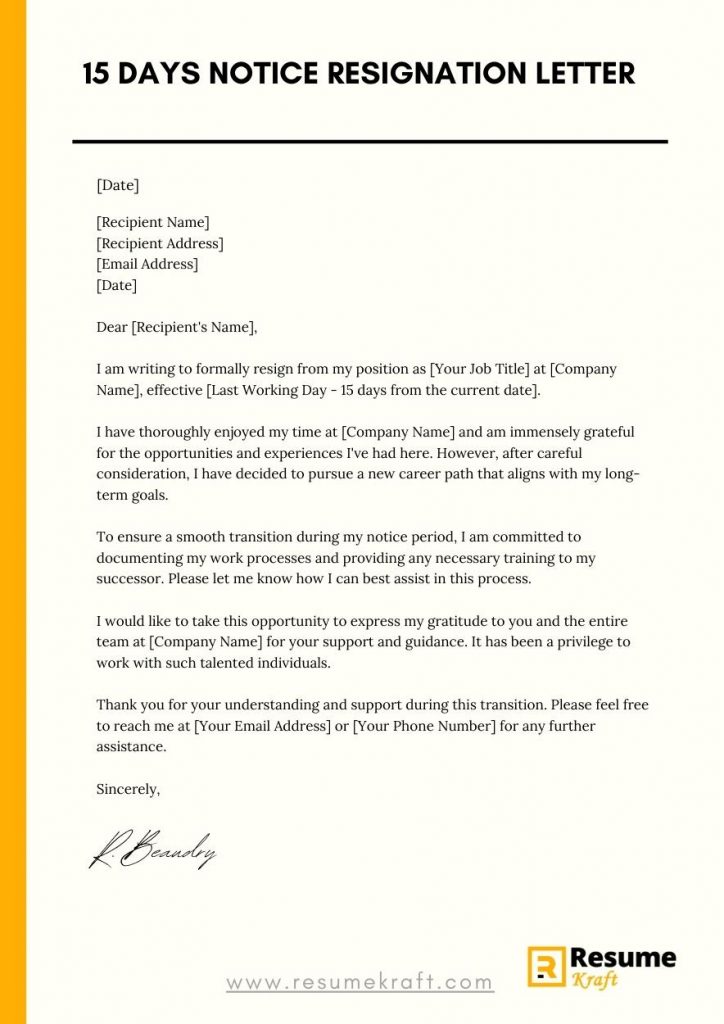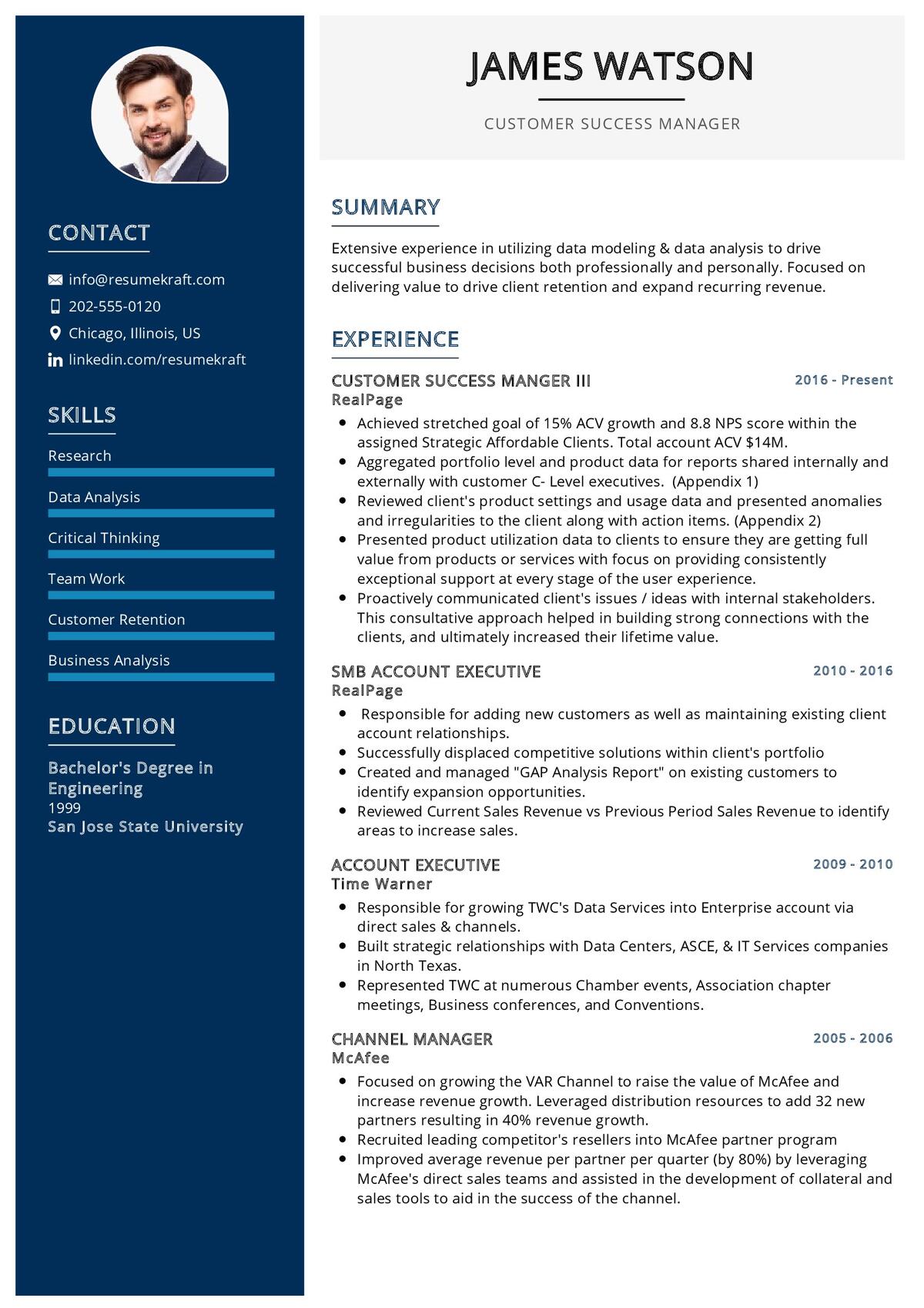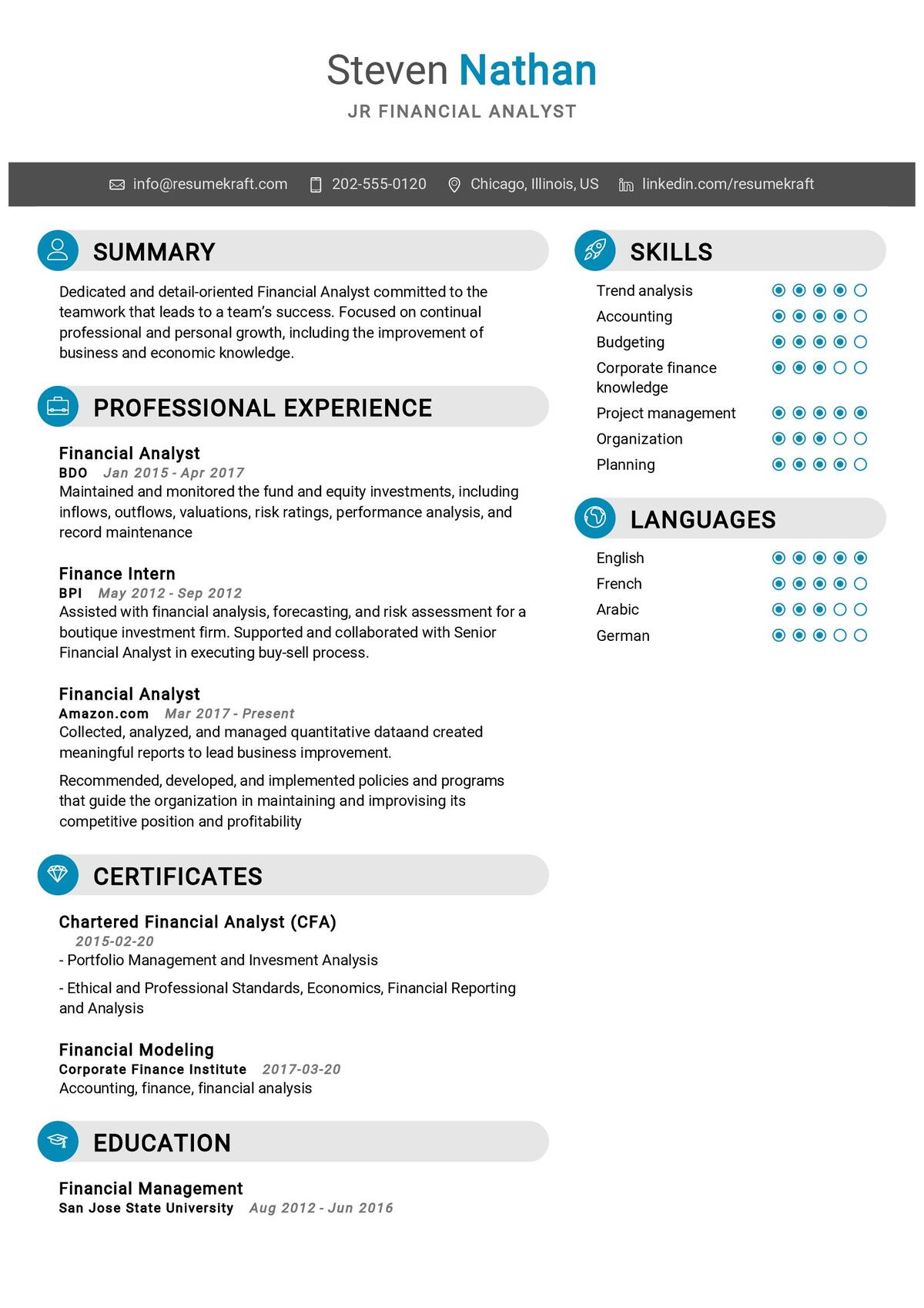
Are you preparing to resign from your job and need to provide a 15 days notice? Writing a well-crafted resignation letter is essential to leave your current position on good terms and maintain a positive professional reputation. In this comprehensive guide, we will walk you through the process of writing a 15 days notice resignation letter, providing you with useful tips and real-life examples to help you get started.
Resigning from a job can be a daunting task, but by following the right format and including the necessary information, you can ensure a smooth transition for both you and your employer. Whether you choose to deliver your resignation letter in person or through email, it’s important to be professional yet concise in your communication. So let’s dive into the key elements you should include in your 15 days notice resignation letter.
What To Include in a 15 Days Notice Resignation Letter
When writing a 15 days notice resignation letter, there are several important details that you should include to ensure clarity and professionalism. Here is a list of essential elements:
- Current date: Begin your letter by including the current date at the top.
- Recipient’s information: Address your letter to your immediate supervisor or the appropriate person within your organization’s HR department.
- Salutation: Use a professional salutation such as “Dear [Recipient’s Name]” or “To Whom It May Concern.”
- Statement of resignation: Clearly state that you are resigning from your current position and provide a specific last working day, which should be 15 days from the date of the letter.
- Reason (optional): While it’s not necessary to provide a reason for your resignation, you may choose to include a brief explanation if it helps clarify your decision.
- Gratitude: Express your gratitude for the opportunities and experiences you’ve had during your employment.
- Smooth transition commitment: Offer your assistance in ensuring a smooth transition, such as training a replacement or documenting your work processes.
- Contact information: Include your contact information so your employer can reach you during the notice period.
- Closing: Sign off with a professional closing, such as “Sincerely” or “Best regards,” and include your full name and signature.
What Not to Include in Your 15 Days Notice Resignation Letter
While it’s important to provide key information in your resignation letter, there are certain things you should avoid including. Here’s a list of what not to include:
- Negative remarks: Avoid including negative remarks about your current employer, colleagues, or work environment. Maintain a positive tone throughout.
- Emotional statements: Keep your letter professional and avoid emotional statements, as they can be detrimental to your future references and professional relationships.
- Unnecessary details: Keep your letter concise and to the point. Avoid lengthy explanations or unnecessary details that may dilute the main purpose of your letter.
- Personal grievances: Refrain from expressing any personal grievances or frustrations in your resignation letter. It’s best to address such issues separately, if necessary.
- Counteroffer expectations: Never mention your expectations for a counteroffer or salary negotiation in your resignation letter. These discussions should occur separately, if desired.
By avoiding these pitfalls, you can ensure your resignation letter remains professional, respectful, and focused on the task at hand.
How To Format a 15 Days Notice Resignation Letter
Proper formatting is essential when writing a resignation letter. Here’s a step-by-step guide to help you format your 15 days notice resignation letter:
Step 1: Use a professional letterhead
It’s recommended to use a professional letterhead that includes your name, address, contact information, and the date. If you don’t have a letterhead, simply include this information at the top of the letter.
Step 2: Add recipient information
Include the recipient’s name, job title, company name, and address. If you’re unsure who to address the letter to, contact your HR department for guidance.
Step 3: Write a professional salutation
Begin your letter with a professional salutation, such as “Dear [Recipient’s Name]” or “To Whom It May Concern.”
Step 4: Start with a clear statement of resignation
In the opening paragraph, state your intention to resign and provide the specific last working day, which should be 15 days from the date of the letter.
Step 5: Express gratitude and commitment to transition
In the following paragraph, express gratitude for the opportunities you’ve had and commit to ensuring a smooth transition for your replacement. Offer assistance in training or documenting your work processes if applicable.
Step 6: Sign off professionally
Close your letter with a professional sign-off, such as “Sincerely” or “Best regards.” Include your full name and signature below the sign-off.
15 Days Notice Resignation Letter Samples
To help you understand the elements and format discussed above, here are a couple of resignation letter samples for your reference:

Printed Resignation Letter Sample
[Your Full Name]
[Your Address]
[City, State, ZIP Code]
[Email Address]
[Phone Number]
[Date]
[Recipient’s Full Name]
[Recipient’s Job Title]
[Company Name]
[Company Address]
Dear [Recipient’s Name],
I am writing to formally resign from my position as [Your Job Title] at [Company Name], effective [Last Working Day – 15 days from the current date].
I have thoroughly enjoyed my time at [Company Name] and am immensely grateful for the opportunities and experiences I’ve had here. However, after careful consideration, I have decided to pursue a new career path that aligns with my long-term goals.
To ensure a smooth transition during my notice period, I am committed to documenting my work processes and providing any necessary training to my successor. Please let me know how I can best assist in this process.
I would like to take this opportunity to express my gratitude to you and the entire team at [Company Name] for your support and guidance. It has been a privilege to work with such talented individuals.
Thank you for your understanding and support during this transition. Please feel free to reach me at [Your Email Address] or [Your Phone Number] for any further assistance.
Sincerely,
[Your Full Name]
Email Resignation Letter Example
Subject: Resignation – [Your Name]
Dear [Recipient’s Name],
I hope this email finds you well. I am writing to formally resign from my position as [Your Job Title] at [Company Name], effective [Last Working Day – 15 days from the current date].
I want to express my sincere gratitude for the opportunities and experiences I’ve had during my time at [Company Name]. However, after careful consideration, I have decided to pursue a new career opportunity that better aligns with my long-term goals.
I am committed to ensuring a smooth transition during my notice period. Please let me know how I can assist in documenting my work processes or providing training to my successor.
I would like to thank you and the entire team at [Company Name] for your support and mentorship. It has been a pleasure working alongside such talented individuals.
Should you require any further information or have any questions, please feel free to reach me at [Your Email Address] or [Your Phone Number].
Thank you for your understanding. I look forward to wrapping up my current responsibilities and contributing to a seamless transition.
Best regards,
[Your Full Name]
Planning to Write a Resume?
Check our job winning resume samples


Key Takeaways
Writing a 15 days notice resignation letter doesn’t have to be overwhelming. By including key elements such as the current date, recipient’s information, a clear statement of resignation, gratitude, commitment to transition, and a professional sign-off, you can ensure your resignation letter is professional and well-received. Remember to avoid including negative remarks, emotional statements, unnecessary details, personal grievances, or expectations for a counteroffer. Format your letter using a professional letterhead or include your contact information at the top. Finally, adapt the provided resignation letter samples to your situation for a polished and effective resignation letter.
Frequently Asked Questions
1. Can I provide a longer notice period than 15 days?
While a 15 days notice period is generally acceptable, it’s always a good idea to check your employment contract or company policies to see if they require a longer notice period. Providing longer notice shows professionalism and allows for a smoother transition if feasible.
2. Should I mention my new job in my resignation letter?
Including the details of your new job is not essential in a resignation letter. However, if you have a positive relationship with your employer, you may choose to share this information as a courtesy. Keep it brief, focusing on expressing gratitude for the opportunities you’ve had.
3. Can I rescind my resignation after submitting a 15 days notice?
Rescinding a resignation can be a sensitive matter. It’s best to discuss your decision with your employer as soon as possible if you have changed your mind. Be prepared for possible consequences, as the acceptance of your rescission depends on your employer’s policies and their ability to adjust plans accordingly.
4. Is it necessary to mention the reason for resigning?
While it’s not mandatory, providing a reason for your resignation can be helpful for your employer to better understand your decision. However, it’s important to keep the explanation concise and avoid placing blame or making negative comments about the company or colleagues.
5. Can I submit my resignation letter via email?
Yes, you can submit your resignation letter via email. In fact, email resignations have become more common and are an efficient way to communicate your decision. When sending your resignation email, make sure to follow professional email etiquette. Use a clear subject line, address the recipient formally, and include all the necessary elements mentioned earlier in the email format provided. It’s also a good idea to follow up with a printed copy of the resignation letter for your records and to maintain a paper trail.
Remember to be courteous and professional in your email, expressing gratitude and commitment to a smooth transition. Use a conversational tone, but ensure that your message is concise and to the point. Double-check for any spelling or grammatical errors before hitting the send button.
Conclusion
Writing a 15 days notice resignation letter requires attention to detail and a professional approach. By following the guidelines provided in this comprehensive guide, you can draft a resignation letter that leaves a positive impression and maintains your professional reputation. Remember to include key elements such as the current date, recipient’s information, a clear statement of resignation, gratitude, commitment to transition, and a professional sign-off. Avoid including negative remarks or unnecessary details, and ensure your formatting is clean and professional.
Remember, resigning from a job is a normal part of a professional career, and employers understand that people move on to new opportunities. By approaching the process respectfully and professionally, you can make the transition as smooth as possible for both yourself and your employer. Good luck with your resignation, and here’s to the next chapter of your career journey!

